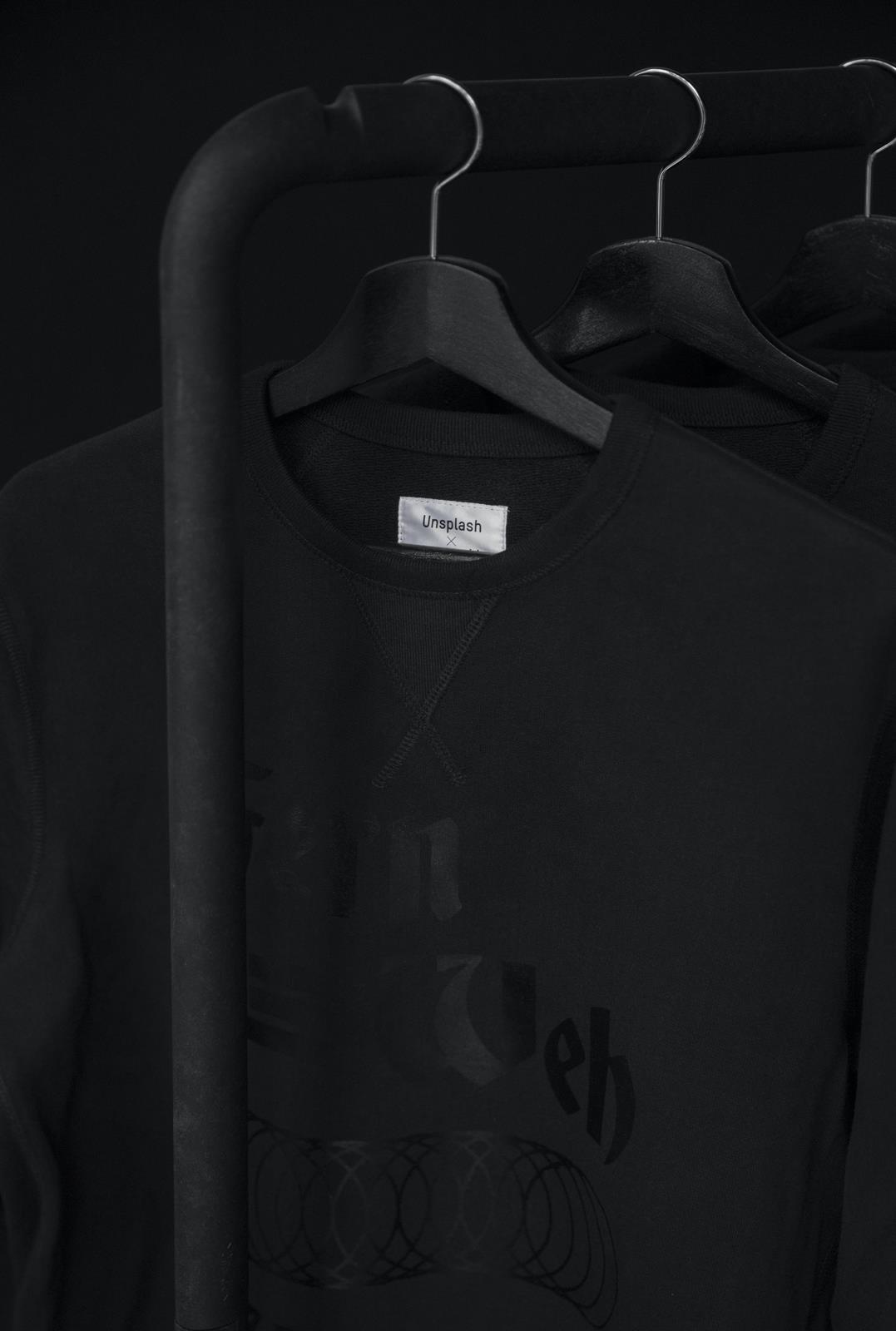Trends In Clothing
Clothing is traditionally used items worn around the human body. In most cases, clothing is composed of textiles or synthetic fibers, but over the years it has also included clothing made of natural animal skins and even thin sheets of recycled organic materials and other natural items found in the surroundings. The term “clothing” can also be used in a more generic sense, referring to the items created for the wardrobe of any person. However, when referring to individual pieces of clothing, such as shirts, pants, or skirts, the term can get much more specific and complex. Today’s clothing items come in all shapes and sizes and can be made of nearly anything that an average person can imagine. You can buy funny shirts, for example, can be made out of several types of fabric, including cashmere, leather, and synthetic fibers.
Just before the rise of mass production and the global economy, clothing was traditionally crafted by hand. There were not many methods to making clothing, and many different styles and designs. The typical design would be one that was made in a certain country or region, with materials chosen depending on what the people in that region were able to find. This type of clothing typically bore some sort of social significance, and the culture of that region could even be part of the design of the clothing itself.
The advent of mass production and the global economy changed the face of fashion forever. Designers were no longer limited to crafting clothes for their own personal consumption; they now turned their attention to creating clothing for people all over the world. By doing this, it became possible for clothing designers to gain a large following, and to make a good profit. In turn, consumers began to demand more variety in their clothing. These trends ultimately influenced people to seek clothing from other areas and to search for clothing that was more “hip.”
Hip hop clothing came about as a result of the increased popularity of hip-hop music. When hip hop clothing began to be sold widely, it gained a following and began to influence the way people thought about clothing. The trends in hip hop clothing did not last long, however, and eventually were influenced by rap and hip-hop music. Many people still associate rap and hip-hop music with the fashions of the era, when clothing for the younger generation was still influenced more by flashy adornments and by bold patterns.
As fashions began to change again, people’s preferences for clothing once again began to change. Once again, the fashions were influenced by the trends in fashion. Eventually, clothing for the younger generation began to reflect the tastes of the youth of the previous decade.
In the 1970s, clothing for women began to reflect the popularity of the hippie generation. Much of this clothing was made out of hemp, which had become very popular for that time. The clothing lacked sophistication and was simplistic, but it was colorful and had a fun look to it.
Throughout the 1980s, the clothing industry saw yet another change. The younger people of the generation wore clothing that was associated with their groups. Music became a major part of their lives, and along with this movement, came the styles and colors associated with that music. It became common to see people wearing a shirt that represented a favorite band or artist, or a jacket that was emblazoned with a symbol representing that particular group. The clothing industry recognized that teens wanted to show their support for their favorites and supported those who were doing the same.
The 1990s brought a new wave of clothing to the market. Again, clothing reflected the fashion trends of the time and were designed with younger people in mind. Many were sporty and stylish, and there was a growing demand for clothes that were made for men, women, and children alike. T-shirts became more popular, jeans became more popular, and there was a fashion for oversized clothing. This trend, though, eventually fizzled out because people were tired of the large size of the clothing. Though fashions do change from time to time, fashions are usually headed back toward more classic and conservative looks.
